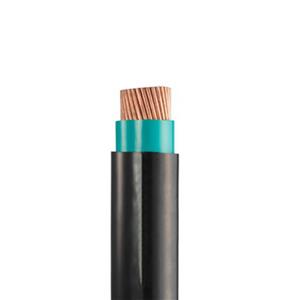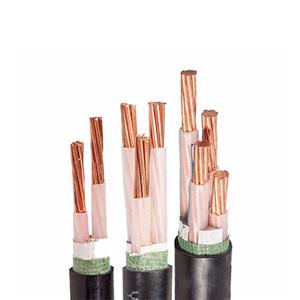What is the difference between flame retardant and fire resistant
Flame-retardant and fire-resistant materials play a vital role in many fields, including construction and electricity. Like loyal guardians, they silently safeguard our lives and property. However, many people are unclear about the difference between these two materials and often confuse them. Today, we'll delve deeper into the differences between flame retardancy and fire resistance to explore their specific differences.
Flame retardancy, literally, means preventing combustion. When a material or substance possesses flame-retardant properties, it can slow the spread of flames upon contact with a fire source, or even extinguish itself once the fire source is removed, effectively reducing the risk and severity of fire.

Fire resistance refers to a material's ability to maintain structural stability, integrity, and thermal insulation properties under the sustained effects of high-temperature flames. In the construction industry, fire resistance is crucial for building components. Fire walls and fire doors, for example, must withstand flames for extended periods in the event of a fire, buying valuable time for evacuation and fire rescue efforts. The fire resistance of building components is typically assessed through standard fire tests, with the fire rating determined based on how long the component maintains stability, integrity, and thermal insulation during the test.
Flame-retardant and refractory materials exhibit distinct characteristics when exposed to flames. Flame-retardant materials typically incorporate various flame retardants, while refractory materials are typically composed primarily of high-melting-point substances. These substances offer excellent high-temperature resistance, remain stable in high-temperature environments, and are less susceptible to chemical reactions, thus ensuring the material's fire resistance. From a structural perspective, the design of flame-retardant materials focuses on effectively preventing the spread of flames, while the structural design of refractory materials prioritizes maintaining integrity and stability at high temperatures.

The differences in the properties of flame-retardant and refractory materials dictate their suitability for different scenarios. Flame-retardant materials, because they effectively slow the spread of flames, are often used in situations where the risk of fire is relatively high, but where the material's ability to withstand high temperatures for a long time is less critical. Household items like sofas and mattresses are often made of flame-retardant fabrics. In the event of a small fire, these flame-retardant materials can slow the spread of the fire, buying time for escape and firefighting. Refractory materials, on the other hand, are widely used in situations where high-temperature resistance is crucial, thanks to their excellent high-temperature resistance and ability to maintain stable performance over long periods of time in high-temperature environments.

While both flame retardant and fire-resistant materials are closely related to fire prevention, they differ significantly in their concepts, material properties, and application scenarios. Flame retardant materials focus on slowing the spread of flames, providing a defense against fires in our daily lives. Fire-resistant materials, on the other hand, maintain stable performance at high temperatures, playing an irreplaceable and crucial role in high-temperature environments like industrial production. We encourage everyone to prioritize the selection and use of fire-resistant materials in their daily lives and work, allowing these "fire guardians" to better protect our safety.
- PVC-Insulated Cable
- 450/750V BV Single- Core Cu/PVC Cable
- 450/750V BVR Single- Core Cu/PVC Cable
- 300/500V Or 450/750V RV Single-Core Cu/PVC Flexible Cable
- 300/500V Or 450/750V RVV Multi-Core Cu/PVC/PVC Flexible Black Cable
- 300/500V Or 450/750V RVV Multi-Core Cu/PVC/PVC Flexible White Cable
- 300/500V Or 450/750V RVVP Multi-Core Cu/PVC/CWS/PVC Screened Flexible Cable
- 450/750V KVV Multi-Core Cu/PVC/PVC Control Cable
- 450/750V KVV22 Multi-Core Cu/PVC/STA/PVC Armoured Control Cable
- 450/750V KVVP Multi-Core Cu/PVC/CWS/PVC Screened Control Cable
- 450/750V KVVP2-22 Multi-Core Cu/PVC/CTS/STA/PVC Screened Armoured Control Cable
- 0.6/1KV PVC-Insulated PVC-sheathed Single-Core Power Cable
- 0.6/1KV PVC-Insulated PVC-sheathed Multi-Core Power Cable




